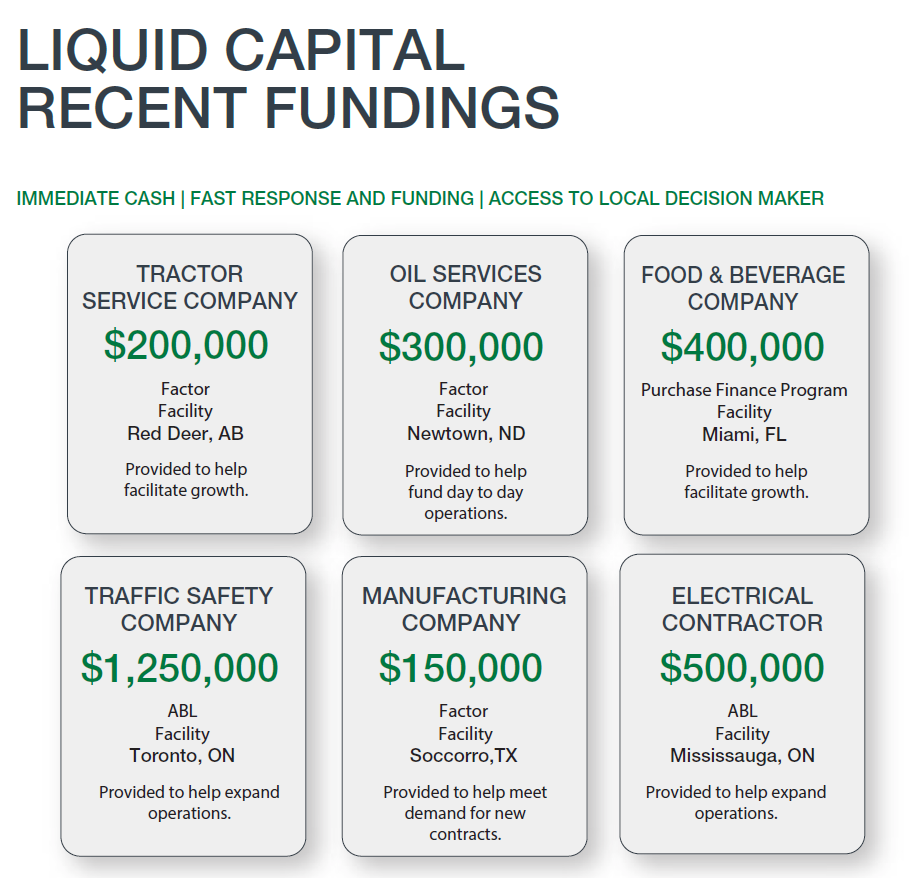Want 97% more links to your website? How to blog for business.

The stats seem almost unbelievable… Companies that blog receive a staggering 97% more links to their website and marketers can earn 67% more leads just by blogging. What brand wouldn’t want such an incredible boost? With a solid blog strategy and a little bit of guidance getting started in the right direction, you can blow away your competition and connect with new customers like never before.
Your blogging secret weapon doesn’t need months to set up either. Richard Goodwin, the author of How To Start A Blog Online, offers powerful and easy-to-follow blogging tips that have helped many people get their start in online publishing. Having been featured in Forbes, The Huffington Post, Entrepreneur and Inc., he explains that, “Twenty minutes is all you need to start a blog, and you don’t need any knowledge of HTML, coding, or graphics design.”
To get started, Goodwin points to a step-by-step process that can help get you through the initial learning curve. “When you decide to start a blog, and begin to look into everything involved, you may become frustrated or overwhelmed. The best thing to do is start fresh and break up the steps into a more manageable process.”
With that in mind, get answers to eight common blogging questions along with more of Goodwin’s practical advice to get into the groove. You’ll feel like a business blogging pro in no time.
1. How often should I blog?

You don’t have to blog every day or even every week to get things started. At first, aim for at least one blog post per month, as that will keep your blog active but won’t overwhelm you as a content creator. Once you’re comfortable with that schedule, add another post per month to keep the content funnel going. The important thing is that you create consistent content that is valuable to your reader.
2. What should I write about?
Write about things your customers will be most interested in and that will provide unbeatable value. You are the expert, and your readers should see that in every post. For example, if you regularly answer the same customer questions, your responses could make for perfect blog articles. You can even scan your past emails and turn any client advice you’ve given into an article.
Goodwin also explains the importance of choosing topics that you find fascinating. “Choose a niche you are passionate about. Blogging is to be enjoyed. You know, there’s fulfillment in connecting with others and providing helpful information. You’ll experience this joy, and be able to do it for long if you are passionate about what you blog about. When I finally launched my first blog, I found I was really passionate about writing and publishing. So, I made that my niche and was able to connect with, learn from and impact many nice people. I even made money from it. I was fulfilled.”
3. Do I need to be a good writer?

Once you’ve knocked your topics out of the park, you don’t need to be a rockstar copywriter to have a successful blog. Instead of trying to write Nobel-worthy articles, focus on making them straightforward and easy to consume. The most important part is that you write in a professional but relatable way – as you would in an email to a client. You want to come across as an expert, but not overly stuffy or academic. Avoid spelling mistakes and poor grammar by using spellcheckers and grammar tools (try Grammarly, for example). And always make sure to proofread your article twice before posting.
Goodwin suggests finding your own personal voice to tell your story, which can make for more relatable content. “This is a skill that will get better with a time, as it has a lot to do with developing your own voice with your writing. … Seek out topics and subjects that interest you, and then add your own personal flair to it! If you’re talking about the latest release of a new smartphone, add your own thoughts on it or your experience with the company who makes the phone. If you’re writing about a new entry in a movie series, tell a story of how that series has had an impact on your life while growing up.”
4. How long should an article be?
Blog posts don’t have to be really long to gain attention. 500-word articles tend to be a good starting length, as they’re lengthy enough to provide value, but aren’t too time-consuming for the reader. If you have more to say, then keep writing. And if you don’t have enough to say, you may want to consider doing some extra research or adjusting your topic.
Eventually, your article length will expand. 1500 word posts have been shown to rank highest in online searches, but save those longer articles for later on in your blogging journey.
5. What makes a good title?
Don’t underestimate the title of your blog post. It will be one of the most important things to capture interest – through social media posts, SEO, email and links. Aim for 70 to 100 characters long at your maximum, and fill the content with the right mix of uncommon, power and emotional words.
It may be helpful to write a list of up to 20 title options at the top of your page until you find one that really fits. To find out how good your headline options stack up, use the CoSchedule Headline Analyzer tool and test them before you hit publish. You may be surprised at which one wins.
Then include at least three sub-headings within the body of your article so that it directs the reader to the relevant points. 43% of people admit to skimming posts, according to HubSpot, so drawing their attention with relevant keywords in the sub-headings is also a great way to keep your reader’s interest as they scroll down the page.
6. Do I need to add images?

Blog articles with images get 94% more views, and that’s a huge benefit when faced with countless online competition. A great image is paramount to making sure people take interest in the article, especially when you share it online. There are tons of great royalty free image sites and tools online to help with this, such as Pixabay and Canva.
Pikwizard is the latest addition to the stock photography family. It holds over 100,000 high-quality images, with 20,000 that are completely exclusive to the site. Or Videvo for stunning videos to go with your images.
You can also take your blog media strategy a step further by adding the right alt tags (keywords) to each image, and by using embedded video in your posts. Goodwin explains that, “Today, blogging is more than just about writing words. Adding graphics or even videos to the content can realistically help your blog stand out from the rest … Graphics also serve as an important component of the SEO strategy. In fact, most successful blogs often invest a significant amount of resources on their graphics.”
7. Should I use the blog to sell products or services?
Most great blogs teach their readers valuable information rather than direct selling. That means you will offer expert advice and guidance, building trust with your clients and prospects. The important thing is establishing a lasting relationship with your readers.
But you can also add links and prompts to keep the readers interested in your brand, and keep them on your website longer. Include at least one call to action in the body of your article and another one at the end of the article. Calls to action (or CTAs) will help convert your traffic into more meaningful conversations or leads.
For example, you can link people to another article on your blog that they might want to read next. Or you could offer a free consultation at the end of the piece if they’re interested in your services. This is a nice way to show you’re committed to offering exceptional information without a hard sell. When your reader is ready, they’ll come to you for the next step.
Related: Turbo charge your email marketing with these best practices
8. How will people find my blog?

All great content must get promoted, so make use of your online channels to get more readers to your blog. That includes social media, e-newsletters, your email signature and sending blog links directly out to individual clients who might see value in the article.
“Social media is one of the best ways to advertise your blog, and it only takes the presence on a couple of social networking sites to gain exposure and increase the web traffic to your site. Identify your target demographic for your blog post and then research which social media platforms this demographic is more likely to use,” recommends Goodwin.
Often a new blogger will only use their personal social media accounts to promote content, and that is okay to get started. Goodwin explains further that, “When you’re just starting out with your blog, take to your personal social media account and share links to new content that you’re producing on a frequent yet modest basis. Once you build up a bit of an audience this way, it might be time to take your advertising to the next level.”


















